Ask Ethan #74: Gravitational Waves
Light and sound are waves that we all know. But gravity makes them, too.
“Henceforth space by itself, and time by itself, are doomed to fade away into mere shadows, and only a kind of union of the two will preserve an independent reality.” –Hermann Minkowski
When Einstein proposed his theory of General Relativity, it not only shook the foundations of physics itself, it completely demolished them, laying a new one in its place. Rather than having matter exist at points in space and moments in time, it hypothesized that space and time each had their own dimensions in a four-dimensional “spacetime” structure, and that structure evolved due to the presence and interactions of all the matter and energy within it. It’s been confirmed by a number of incredible predictions, from gravitational redshift to the bending of starlight by the presence of matter.
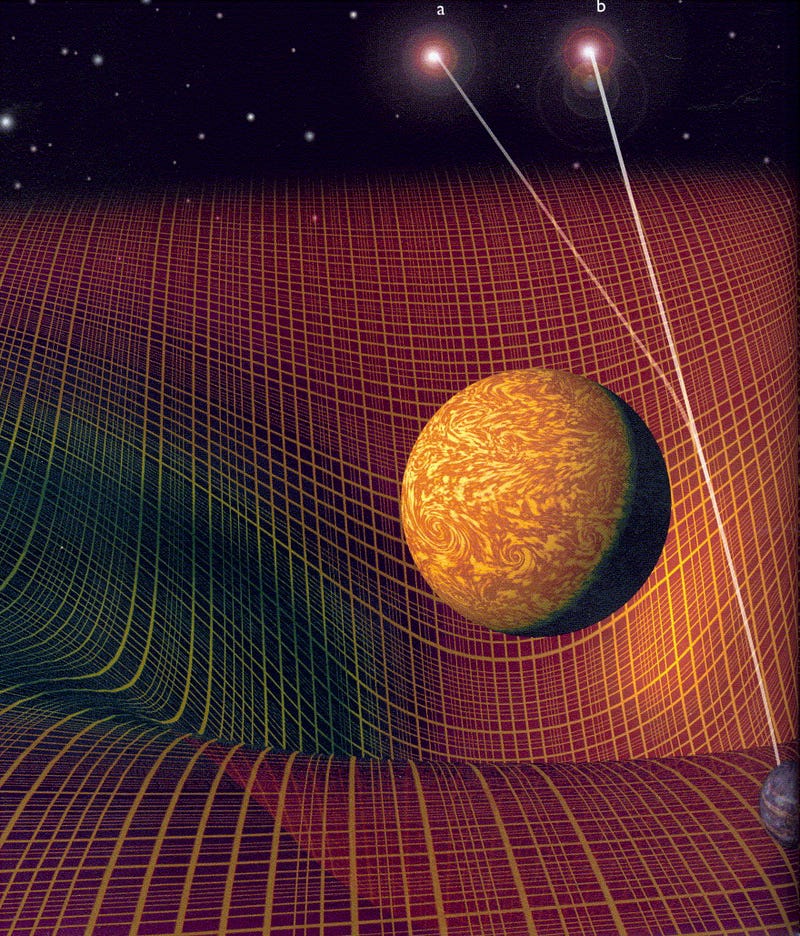
For today’s Ask Ethan column, you’ve continued to send in your questions and suggestions. The lucky one chosen has the honor of being the shortest question ever chosen in our series, courtesy of Adam Rabung, who asks:
Dear Ethan,
What the heck are gravity waves?
Thanks,
Adam
Let’s start by talking about a different type of wave, one that you might be more familiar with: a water wave.

You can start with a perfectly still, flat body of water. The surface of the water remains calm, unbroken and undisturbed by any external forces.
What happens if you put, say, an insect gently onto the water’s surface?

It deforms the surface slightly, as the downward pull of gravity on the insect exerts a force on the surface, causing it to curve.
If we’re willing to do something less gentle, like drop an object from a great height onto the water’s surface, then what would we see?
We’d see the familiar “ripple” pattern that we associate with water waves. As we disturb the surface of the water, the energy propagates outward at a specific speed given by the properties of the medium (water) that the wave travels through.
Things are still analogous — but a little less intuitive — if we start looking at a more quantum phenomenon: light waves.
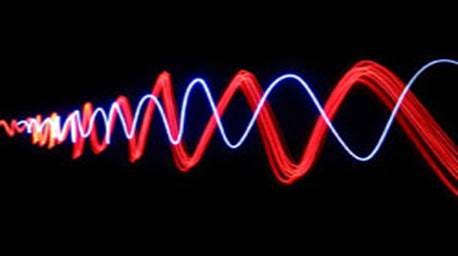
Light, too, can be thought of as a ripple that moves through spacetime. It has a characteristic energy, given by its frequency/wavelength, it has a speed at which it moves, the speed of light in whatever medium it’s traveling through, and it moves in a specific direction, determined by the conditions under which it was created, that then follows the path determined by the curvature of spacetime.
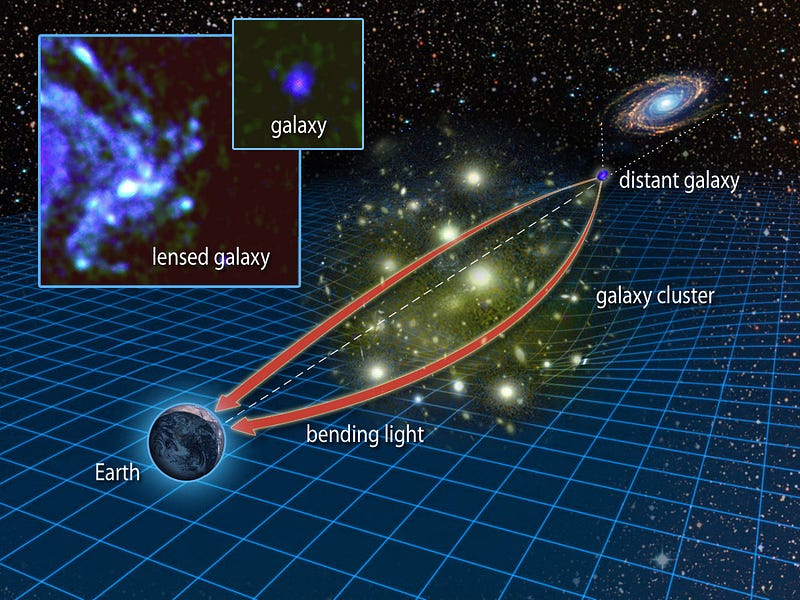
But how did this light get generated in the first place? How does a real photon come to actually be? One way comes from the direct interaction of particles (or antiparticles) with one another: there’s a finite probability that each interaction that any two interacting particles will produce at least one photon when they do interact.
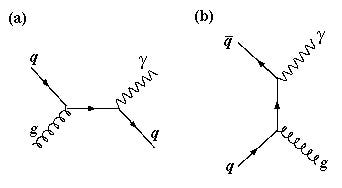
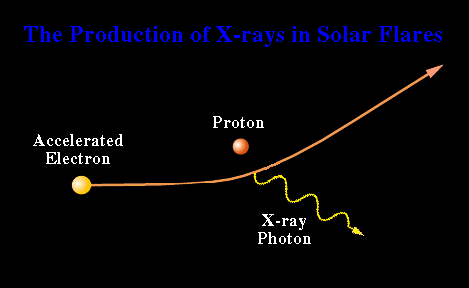
But another way — a much more interesting (and relevant) way — comes from something that doesn’t have a good analogy with classical waves: when a charged particle moves in the presence of a magnetic field.
Yes, the magnetic field causes the particle to change direction: that’s the Lorentz force law. But when you do this — when you have a charged particle moving through a magnetic field — it also emits radiation in the form of photons: cyclotron radiation at low energies/speeds/fields, or synchrotron radiation at more relativistic (or under accelerating) conditions.
This type of radiation occurs not only in experimental conditions here on Earth, but in the natural laboratory of the Universe, such as in the “jet” of the largest, most massive nearby galaxy, Messier 87.
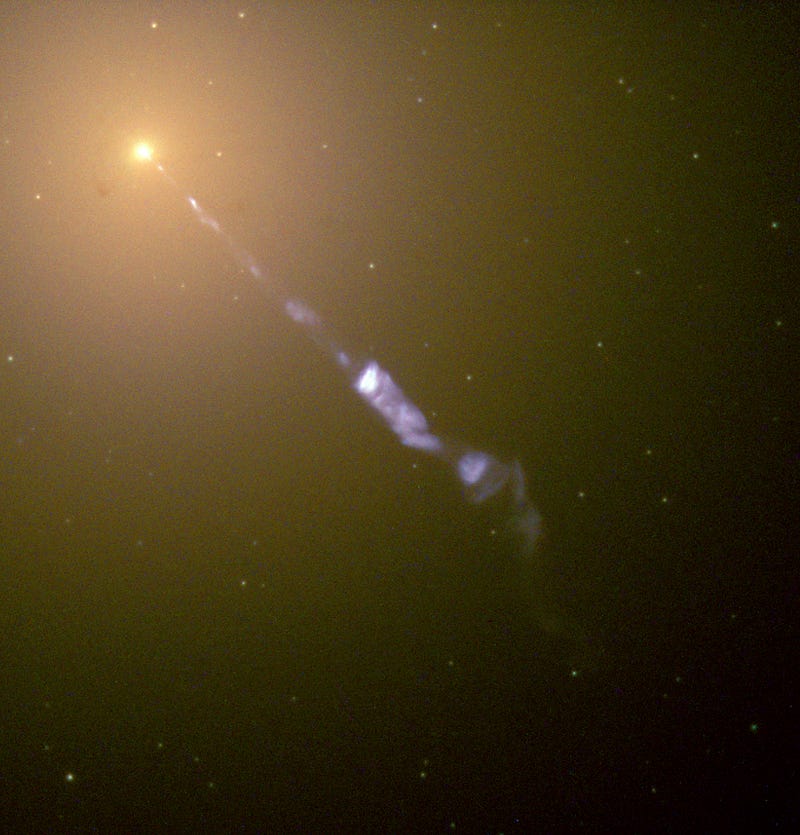
So, finally, we come to gravity. While electricity has two types of charge — positive and negative — gravitation only has one: mass, or more accurately, energy. And while electric fields and magnetic fields can affect charged particles, there’s only one type of gravitational field: the one caused by the curvature of space.
Nevertheless, the same situation exists in our Universe for gravity as it does for electromagnetism: we have gravitationally charged particles that move through gravitational fields.
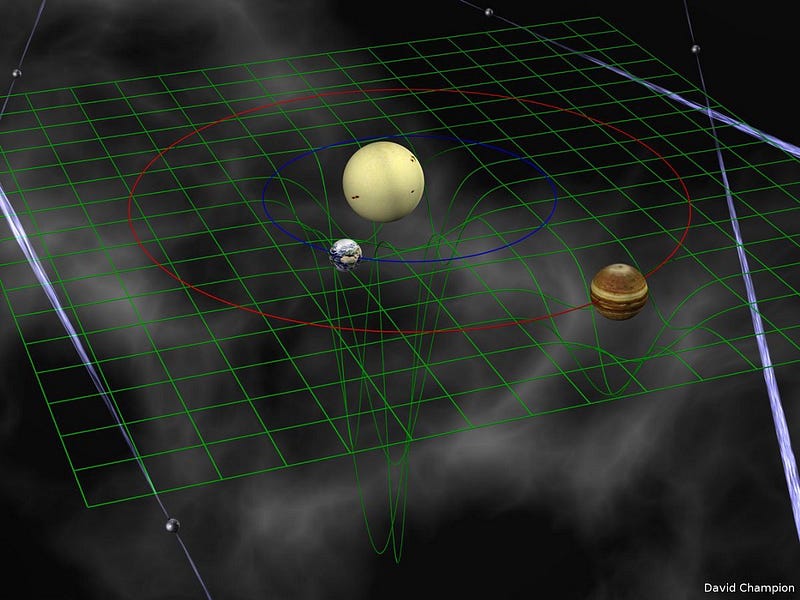
Although the physics has, at a technical level, some minor variations in the details, the same phenomenon emerges: radiation is emitted. In this case, however, it’s not electromagnetic radiation, but rather gravitational radiation! Ripples that travel at the speed of light through the fabric of spacetime itself, carrying energy as they go.
This effect is maximized for rapidly accelerating masses in changing gravitational fields, such as when a neutron star merges or exists in a close, decaying orbit with another degenerate stellar remnant.
These ripples in spacetime is how gravity waves (or gravitational waves or gravitational radiation) manifest themselves, and they cause very specific distortions in both magnitude and direction of any intervening matter and/or electromagnetic radiation.
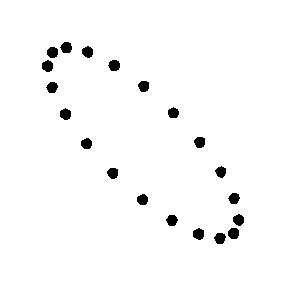

In theory, these gravitational waves can be directly detected by long-baseline interferometry, and there are searches presently underway, including by the currently-running LIGO collaboration and — if funding miraculously comes through — by the Laser Interferometer Space Antenna, or LISA, which would be guaranteed to detect this phenomenon, since it would probe the range where a huge frequency of events are expected to occur!
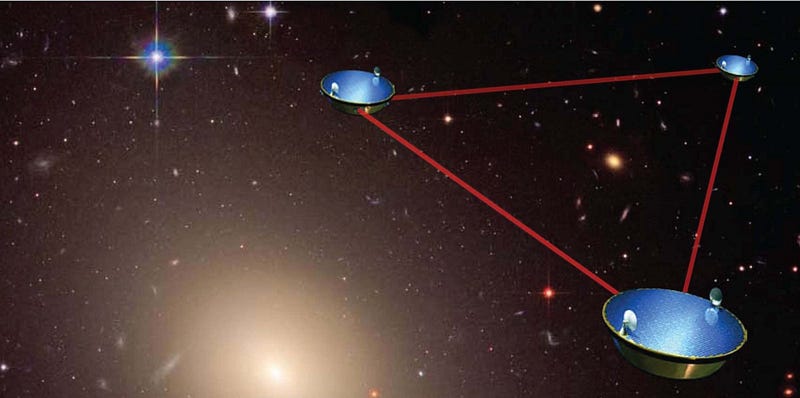
We already have indirect evidence that gravitational waves exist, because we see the predicted decay of binary pulsar orbits over many years, observationally matching what General Relativity predicts. On the flipside of that, General Relativity also predicts that the mechanism by which those orbits decay is via the emission of gravitational radiation. If we could detect that evidence directly, one of the last great unconfirmed predictions of perhaps the greatest physical theory of all would finally be verified.
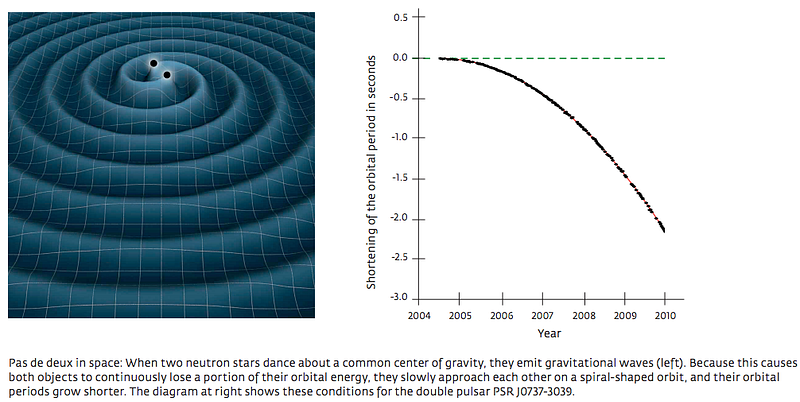
So what are gravity waves? They’re a new form of radiation — gravitational radiation — produced by massive-or-energy-carrying particles that travel through a gravitational field. When those particles accelerate or the gravitational field changes, that radiation becomes more intense, and over time it carries energy away at the speed of light, causing orbits to decay and offering some tantalizing possibilities for detection. If we invested in it properly, we could being a whole new field of astronomy — gravitational wave astronomy — at any point we chose; the technology already exists!
Gravity waves are also produced, among other sources, during cosmic inflation. In fact, the results just publicly released last night by the Planck Collaboration highly constrain the type of inflation that occurred from the non-observation of their primordial signature in the cosmic microwave background’s polarization, all but ruling out an entire class of inflationary models — models of chaotic inflation — in the process.
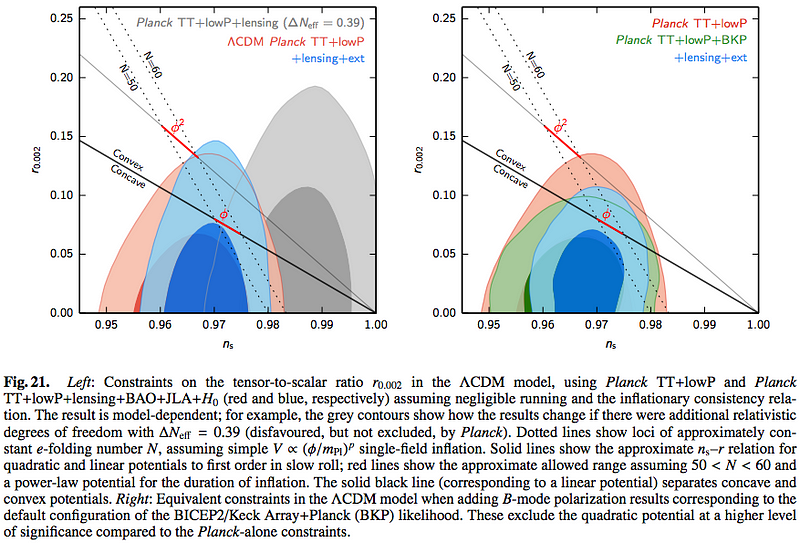
So thanks for a great question, Adam, and I hope now you understand what the heck gravity waves are! If you’ve got a burning question or a suggestion for a topic you want to see tackled on Ask Ethan, go ahead and submit yours here. Next week’s feature could be all about you!
Leave your comments at the Starts With A Bang forum on Scienceblogs!





